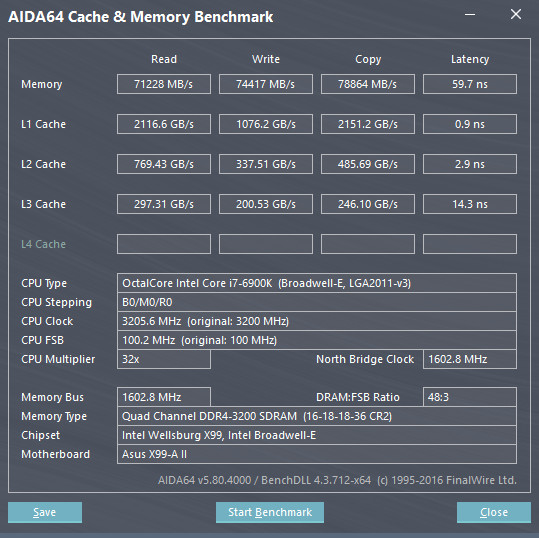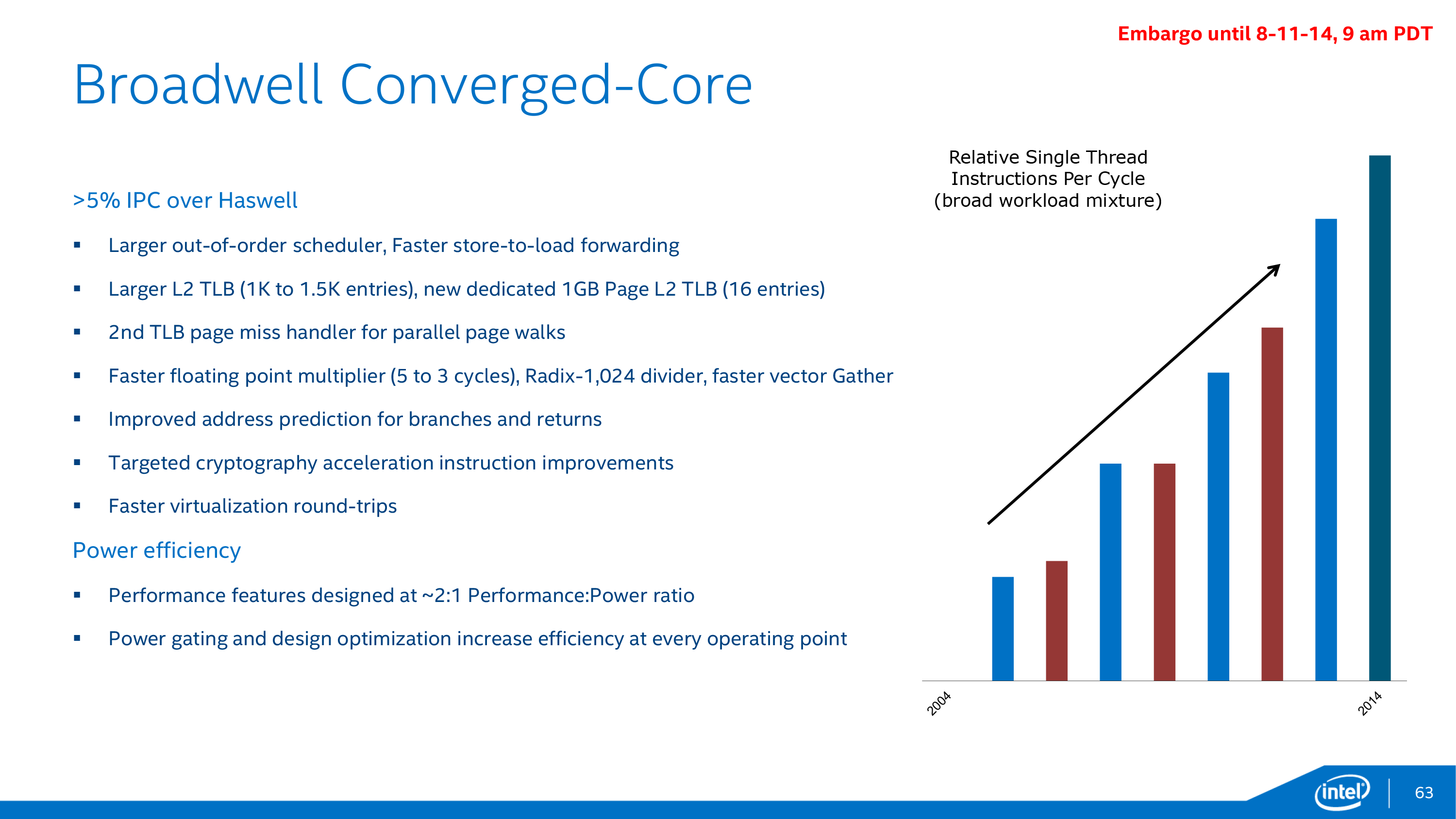I just bought a 6900K and a new motherboard (Asus X99A II with the latest UEFI BIOS), and so far, everything is going fine. I have it set right now to 4.3ghz and it's rock solid stable, but I know it can do more.
However I've noticed a weird discrepancy. The chip seems to be unresponsive to the adaptive voltage setting in the UEFI. I have it set to 1.2v for max turbo voltage, which means it's not supposed to exceed that amount, except for maybe a little bit.
But, this chip routinely hits 1.264v when I monitor the voltage under load in Windows with CPU-Z and AIDA64 Extreme. HWinfo also reported the same voltage.
It maxes out at 1.264v regardless of whether it's at adaptive or just at auto, which makes me suspect the adaptive setting isn't functioning properly. I even put the max turbo at 1.185v, and it still goes up to 1.264v
This is weird, because my previous CPU (a 5930K) worked very well with adaptive voltage, and I know that Broadwell isn't a huge change from Haswell so I don't know what's causing it.
Anyone else with a Broadwell-E CPU ever encountered this before?
However I've noticed a weird discrepancy. The chip seems to be unresponsive to the adaptive voltage setting in the UEFI. I have it set to 1.2v for max turbo voltage, which means it's not supposed to exceed that amount, except for maybe a little bit.
But, this chip routinely hits 1.264v when I monitor the voltage under load in Windows with CPU-Z and AIDA64 Extreme. HWinfo also reported the same voltage.
It maxes out at 1.264v regardless of whether it's at adaptive or just at auto, which makes me suspect the adaptive setting isn't functioning properly. I even put the max turbo at 1.185v, and it still goes up to 1.264v
This is weird, because my previous CPU (a 5930K) worked very well with adaptive voltage, and I know that Broadwell isn't a huge change from Haswell so I don't know what's causing it.
Anyone else with a Broadwell-E CPU ever encountered this before?










